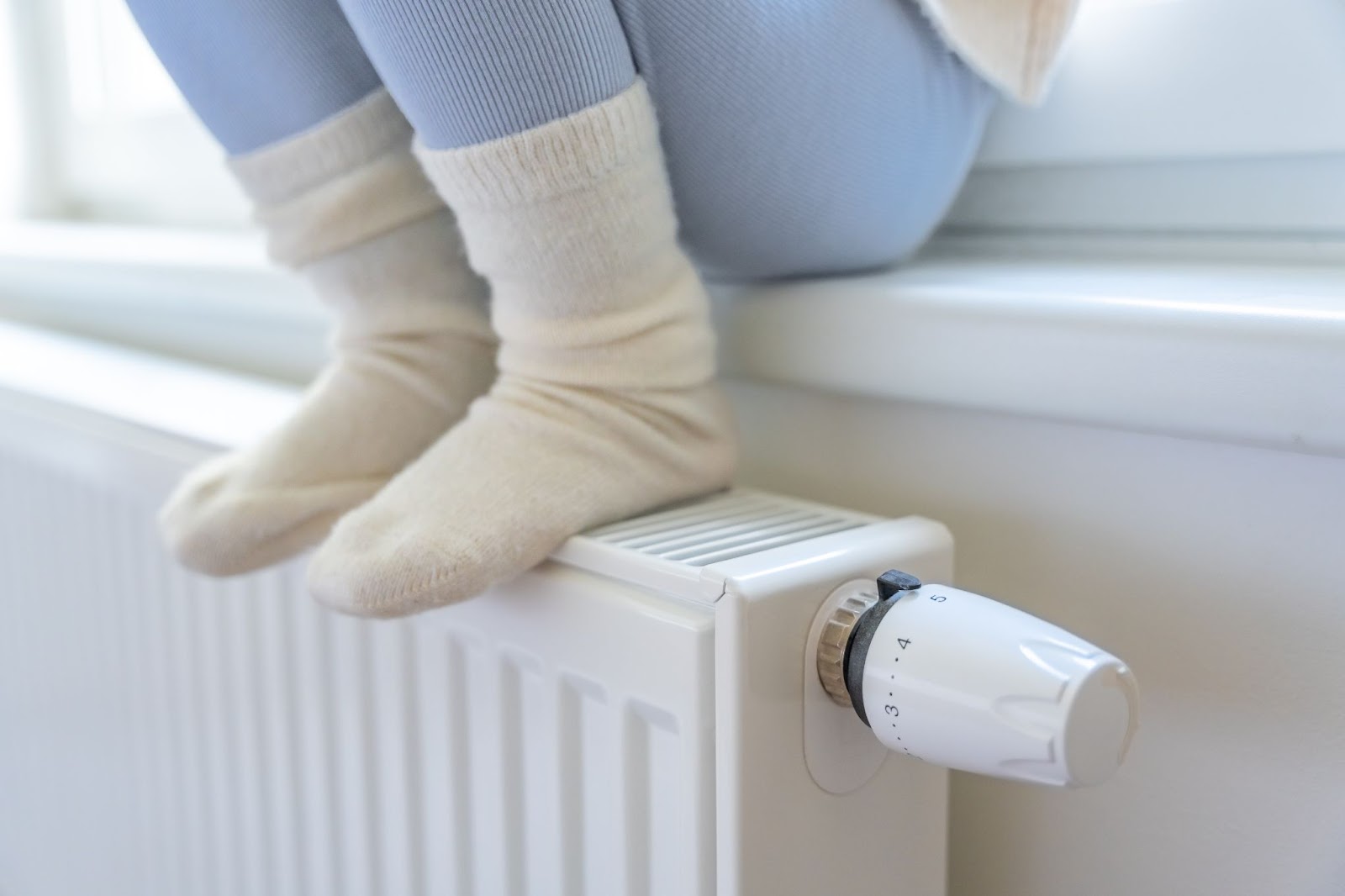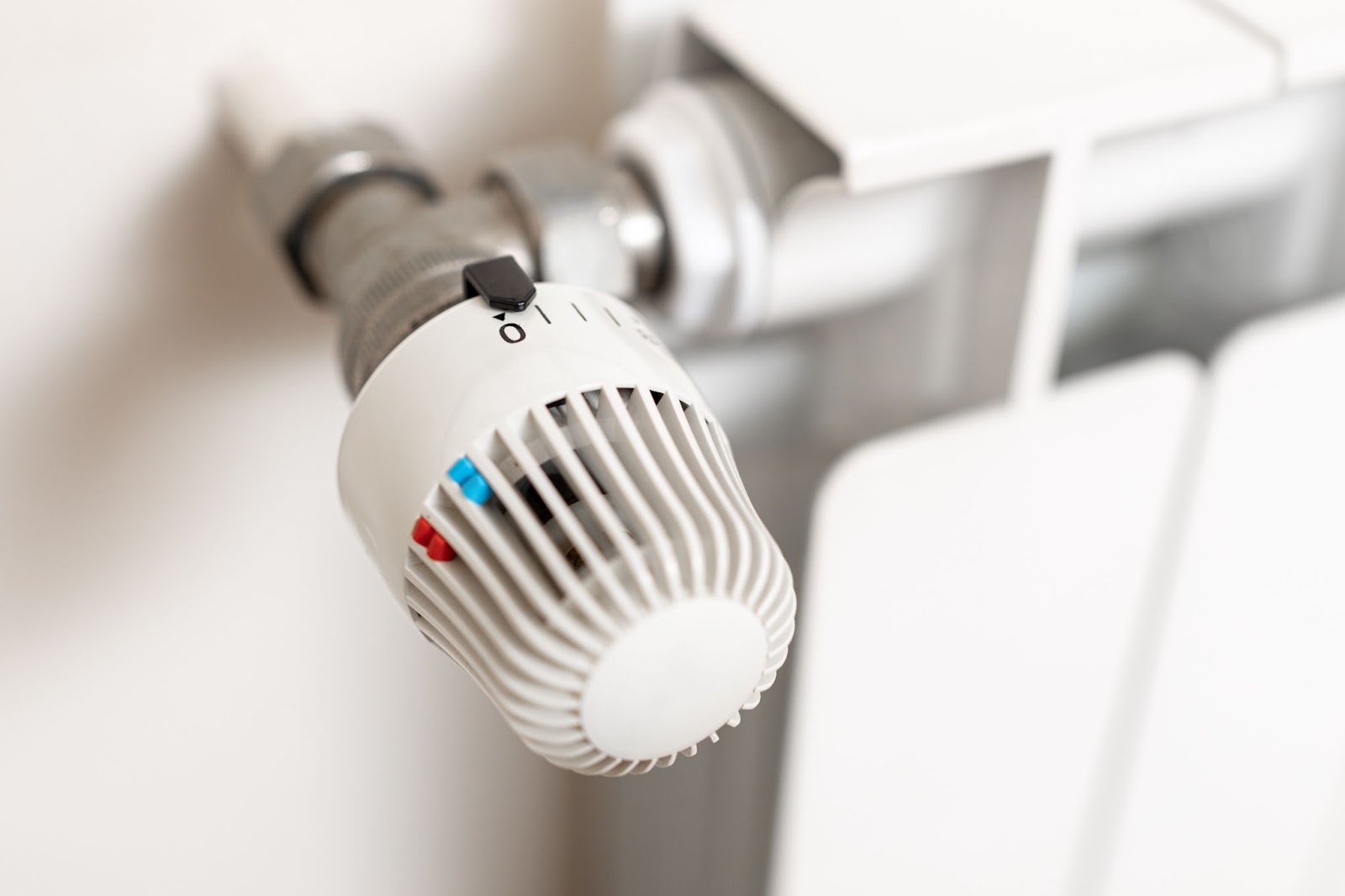
Choosing Between Different Types of Home Heating Systems
Choosing the appropriate heating services and system for your home is a crucial decision that can significantly affect your comfort, energy bills, and overall living experience. Numerous options are available, each with its own benefits and drawbacks. It can be overwhelming to navigate through the choices, but with careful consideration, you can make the right decision for your home. Understanding the differences between forced air furnaces, heat pumps, and radiant heating systems is crucial in choosing the best option to meet your needs and preferences.
Explore the various types of home heating systems, highlighting their characteristics, benefits, and considerations to help you choose the most suitable option for your home. Whether you prioritize efficiency, affordability, or environmental impact, this overview aims to provide valuable insights to aid you in selecting the optimal heating solution for your household.
Types of Home Heating Systems and Their Pros and Cons
There are several types of home heating systems, including forced air, radiant heat, hydronic, and geothermal. Forced air systems distribute heat through ducts and vents, while radiant heat systems use heated surfaces to warm objects and people directly. Hydronic systems utilize hot water or steam circulated through pipes, and geothermal systems harness the Earth’s natural heat to warm your home efficiently.
Here’s a comprehensive overview of the different types of home heating systems:
Forced Air Furnaces
Forced air furnaces serve as the cornerstone of home heating systems, employing a variety of fuel sources, including natural gas, propane, oil, or electricity, to produce warmth. These furnaces heat air and distribute it throughout the home using ducts and vents. Whether fueled by traditional fossil fuels or electricity, forced air furnaces ensure efficient and consistent heating, offering comfort and reliability during colder months. This can be operated by natural gas, propane, oil, or electricity.
Pros
Forced air furnaces offer quick heating capabilities, swiftly raising the temperature within the home to desired levels, especially during chilly weather conditions. They are compatible with central air conditioning systems, allowing homeowners to enjoy both heating and cooling functionalities from a single unit. Additionally, forced air furnaces have the potential for integrated air filtration systems, which can help improve indoor air quality by capturing dust, allergens, and other airborne particles. Moreover, these furnaces can facilitate humidification, adding moisture to the air to alleviate dryness and enhance overall comfort levels within the home.
Cons
One drawback of forced air furnaces is the noise they generate during operation, which can be bothersome to some homeowners, particularly in quieter living spaces. Another consideration is the requirement for regular duct cleaning to maintain optimal system performance and prevent the buildup of dust, debris, and contaminants within the ductwork. Additionally, forced air furnaces may pose the potential for uneven heating, leading to temperature variations across different areas of the home, depending on factors such as duct design and insulation. Addressing these cons through proper maintenance and system adjustments can help mitigate their impact and ensure the continued efficiency and effectiveness of forced air furnace heating systems.
Boilers (Hydronic Heating)
Boilers, also known as hydronic heating systems, are vital components of home heating setups. They typically use natural gas, propane, oil, or electricity to heat water, which is then circulated through pipes to radiators, baseboard heaters, or radiant floor systems. Unlike forced air furnaces, boilers provide heat through hot water or steam distribution rather than heated air. This heating method provides a more uniform and comfortable heating experience and greater energy efficiency. Many individuals prefer boilers because of their versatility. Boilers can be integrated with various heating methods and are well-suited for colder climates. They can be fueled by natural gas, propane, oil, or electricity.
Pros
Boilers excel in providing even heat distribution throughout the home, ensuring consistent warmth without the fluctuations often experienced with forced air systems. Additionally, boilers operate quietly, making them an ideal choice for homeowners who prioritize noise reduction and peaceful living environments. Another advantage of boilers is their capability to provide domestic hot water heating, eliminating the need for separate water heating systems and enhancing overall convenience and efficiency.
Cons
One drawback of boilers is the initial expense associated with installation, which can be relatively high compared to other heating options. Additionally, boilers require ample space for the installation of radiators or other heat emitters, which may pose challenges in smaller homes or properties with limited space availability. Moreover, boilers have the potential for leaks, particularly in older systems or poorly maintained units, necessitating regular inspections and maintenance to prevent water damage and ensure system integrity. Despite these drawbacks, the benefits of even heat distribution, quiet operation, and versatile heating capabilities make boilers a popular choice for many homeowners seeking efficient and comfortable home heating solutions.
Radiant Heating Systems
Radiant heating systems directly warm objects and surfaces in a space instead of heating the air, providing consistent and comfortable warmth throughout a room. Typically installed beneath the floor, within walls, or in the ceiling, radiant heating systems utilize electric cables, hot water tubes, or panels to emit heat. These systems are efficient and are often preferred for their ability to distribute heat evenly, reduce energy consumption, and minimize the circulation of allergens and dust. Radiant heating is top-rated for new constructions or renovations, offering a discreet and effective heating solution for residential and commercial spaces. You can use fuel sources are electricity, natural gas, propane, or oil.
Pros
Radiant heating systems provide unparalleled comfort by evenly distributing warmth across floors, walls, or ceilings, creating a cozy and inviting atmosphere in any space. Moreover, these systems offer exceptional energy efficiency, as they eliminate the need to continuously heat and reheat the air, resulting in lower energy consumption and reduced utility bills. Another advantage of radiant heating is its compatibility with various flooring types, including tile, hardwood, laminate, and carpet, allowing homeowners to maintain their preferred aesthetic while enjoying efficient heating.
Cons
Despite their numerous benefits, radiant heating systems may come with high initial costs, including installation expenses and equipment investments, which can be prohibitive for some homeowners. Retrofitting existing structures with radiant heating can also present challenges due to the need for access to flooring or wall cavities, potentially increasing installation complexities and costs. Additionally, radiant heating systems typically offer slower heating compared to forced air systems, requiring more time to reach the desired temperature and potentially impacting comfort levels, particularly during sudden temperature drops or extreme weather conditions. Despite these drawbacks, the comfort, energy efficiency, and discreet nature of radiant heating systems make them a compelling choice for those seeking superior heating solutions for their homes or businesses.
Electric Baseboard Heaters
Electric baseboard heaters are a type of heating system commonly used in homes and buildings. These heaters consist of long, narrow units installed along the baseboard of walls, typically beneath windows. Electric baseboard heaters pass electricity through heating elements, generating heat that rises and warms the surrounding air. As the air near the heater becomes warm, it naturally circulates throughout the room, providing a consistent and comfortable level of warmth. It is generated by electricity.
Pros
One significant advantage of electric baseboard heaters is their simple installation process, requiring minimal setup and no complex ductwork or fuel lines. Additionally, these heaters typically offer individual room control, allowing users to adjust heating levels according to their specific comfort preferences, thus optimizing energy usage and reducing heating costs. Another benefit is the absence of combustion, eliminating the risk of carbon monoxide poisoning associated with gas-powered heating systems, providing peace of mind to homeowners and occupants.
Cons
Despite their convenience, electric baseboard heaters are often associated with higher operating costs compared to alternative heating systems, primarily due to the reliance on electricity as a fuel source. Additionally, these heaters may have lower overall efficiency ratings compared to central heating systems or other heating options, resulting in potentially higher energy consumption and utility bills. Furthermore, electric baseboard heaters tend to provide slower heating compared to forced air systems, requiring more time to reach desired temperature levels, which can be a drawback during colder weather conditions or sudden temperature drops. Despite these drawbacks, electric baseboard heaters remain a popular choice for their simplicity, individual room control, and safety features.
Heat Pumps
Heat pumps are versatile heating and cooling systems that can efficiently provide warmth in winter and cool air in summer. They transfer heat indoors and outdoors, depending on the season and the desired temperature. Heat pumps are generated by electricity.
Types of Heat Pumps
- Air-source Heat Pumps: These units are the most common type of heat pumps and work by utilizing outdoor air as the heat source during winter and the heat sink during summer.
- Ground-Source Heat Pumps (Geothermal Heat Pumps): These systems use the stable temperature of the ground or a body of water as a source or sink for heat.
- Water-Source Heat Pumps: They use a body of water, such as a pond or lake, as the heat source or sink, similar to ground-source heat pumps.
Pros
Heat pumps offer both heating and cooling capabilities, providing year-round comfort and versatility for homeowners. Additionally, heat pumps are highly energy-efficient, as they transfer heat rather than generate it, resulting in lower operating costs and reduced environmental impact. In moderate climates, heat pumps can offer significant savings on utility bills compared to traditional heating and cooling systems.
Cons
One drawback of heat pumps is the need for backup heating in colder climates, as their efficiency may decrease in extremely low temperatures. Additionally, heat pumps typically have high upfront costs, including equipment purchase and installation expenses, which can deter some homeowners. In regions with extreme cold temperatures, heat pumps may experience reduced efficiency, requiring supplemental heating sources to maintain indoor comfort levels. Despite these drawbacks, the overall energy savings and environmental benefits of heat pumps make them a compelling choice for many homeowners seeking efficient and sustainable heating and cooling solutions.
Safety Tips in Using Heating Systems
Safety is of utmost importance when using home heating systems to ensure the safety and well-being of your household and property.
Here are some essential safety tips:
Regular Maintenance
Schedule annual maintenance for your heating system with a qualified technician to ensure it operates efficiently and safely. Keeping air filters clean and replacing them regularly prevents dust buildup, which can reduce efficiency and potentially cause fires.
Carbon Monoxide Detectors
Install carbon monoxide detectors on every level of your home and near sleeping areas, testing them monthly and replacing batteries annually to ensure proper functionality. Seek immediate medical attention if you experience symptoms of carbon monoxide poisoning or if an alarm goes off.
Proper Ventilation
Ensure proper ventilation for all heating systems, especially those that burn fuel such as gas or oil, by avoiding blocking air vents or exhaust openings. Keep flammable materials away from heating appliances to reduce the risk of fire hazards.
Emergency Preparedness
Develop a fire escape plan at home that includes two exit routes from each room and ensure everyone knows how to use them. Have a fire extinguisher on each level of your home and educate family members on their proper usage to be prepared for emergency situations.
By remaining vigilant and following these safety tips, you can enjoy the warmth and comfort of your home heating system while minimizing the risk of accidents and hazards.
The Importance of Home Heating Systems
Understanding the various types of home heating systems empowers homeowners to make informed decisions that align with their specific needs, preferences, and budget constraints. Choosing a heating system that balances efficiency, comfort, and safety can improve your home’s comfort while reducing energy costs and environmental impact.
Visit our Kerivan-Lane blog to learn more about Heating Services in Needham, MA, and our professional heating services for local residential clients.

